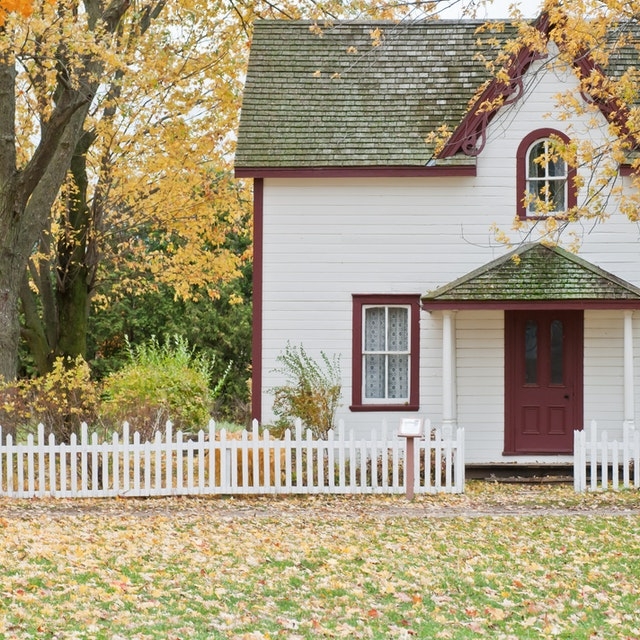Home Fencing
There are a handful of projects that do-it-yourself (DIY) people love. Now, this doesn’t mean they’re necessarily good at it. In fact, most DIY projects fail miserably the first time out. Some continue to fail miserably the second, third, and fourth times as well. But that’s the beauty of being a DIY guy or gal - you likely could care less how many times you fail. But better said, you’re learning from these failures and hopefully getting better as time goes on.
Fencing is a DIY dream. What attracts it to DIY people is that it’s tangible, manageable, and doesn’t appear all that difficult. As opposed to roofing, for example, where you’d be scaling heights, perched awkwardly on top of a large structure with only your wits and a ladder to ensure you don’t break your back and remain paralyzed the rest of your living days. Fencing does not elicit the same feelings, and as such, is a great DIY weekend project.
Most homes come with some sort of fence surrounding the legal perimeters of their property. If you’re lucky, it’s a structurally sound fence. If you’re unlucky, it’s a complete mess. But regardless of whether you’re looking for a change or have a complete mess on your hands, let’s talk fencing steps. There are a host of questions to ponder prior to beginning a fencing project: the fence’s dimensions, the cost, available materials, neighbor reactions, etc. But even before that - what’s the purpose behind this fence?
Fences in 2020 serve a variety of purposes. One hundred years ago it would be reasonable to argue that the purpose of a fence is protection. Folks wanted (and needed) to secure their property against vandals and thieves. They also wanted to protect their children from people passing by and potentially traipsing into their back or front yards. As time went on, there were then protective justifications such as keeping the pets and kids from falling in the pool, or pets outside of the garden with a well-installed fence. In 2020, however, there are also aesthetic reasons that come into play. Many people want a beautiful fence for curb appeal. Like other additions to a home, a nice fence can drive up the selling price of any home, as most realtors would attest to.
So, after you’ve determined the reason(s) behind the fence, next up is nailing down the size and your budget. The size portion can be easily achieved with a tape measure and noting the exact measurements. After this most large hardware stores will be able to give you a quote on the materials needed to construct a fence with said measurements. Your budget is something only you can define. Our only recommendation is don’t spend it down to the last penny. Things will go wrong in the process, so set aside at least 10 to 15% of the total for miscellaneous, unforeseen costs.
And lastly, your materials. The principal fencing materials are aluminum, wood, vinyl, wrought iron, steel, and chain-link. The priciest is going to be wood, and the most affordable is chain-link. Steel is a great option but works best in industrial environments. Aluminum is flexible, but it can bend over time. Talking this over with your neighbors is also a good idea. You might have a string of homes with beautiful wood fencing and you then come along with a chain-link number that throws off the look of the entire block. Your neighbors are the wild-card in this equation - keep them abreast of your intentions and this DIY project has a much higher chance of succeeding.


Comments:
Login to leave a reply